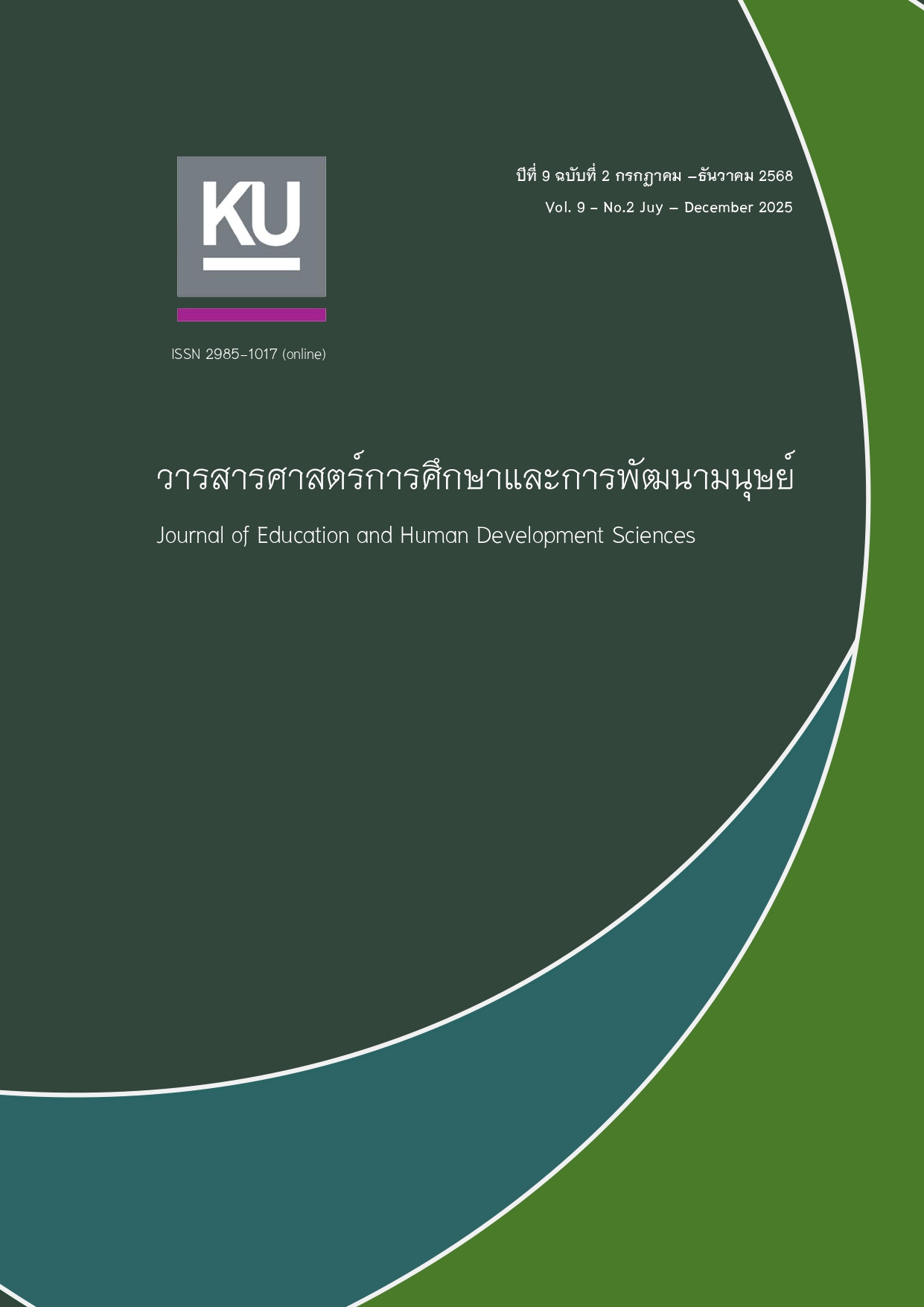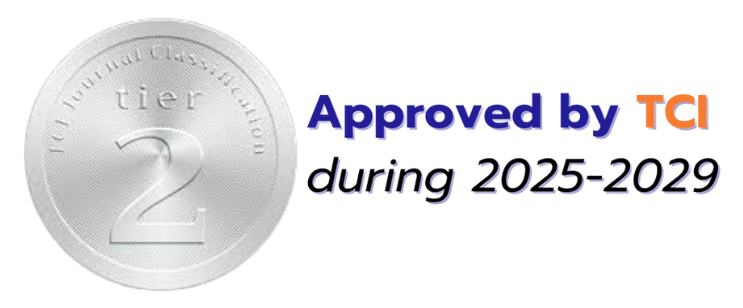Development of Elderly Leaders’ Potential in Physical Activity and Exercise to Promote Sustainable Health of the Elderly in the Community
DOI:
https://doi.org/10.56825/jehds.2025.926319Keywords:
Leader Potential, Physical Activity, Exercise, Elderly healthAbstract
This study aimed to: 1) explore effective approaches for developing the potential of elderly core leaders, and 2) to examine the current conditions, challenges, and specific needs related to physical activity and exercise in promoting sustainable health among the elderly in the community. The research involved two target groups: (1) a group of elderly core leaders and community leaders, totaling 15 participants, and (2) a group of elderly individuals aged 60–69 years residing in Ratchaburi Province, totaling 398 participants. Data were collected through semi-structured interviews and questionnaires. Descriptive statistics, including frequency and percentage, were used for data analysis.
The research findings revealed that
1) Elderly leaders expressed expectations and needs for continuous support of community-level policies. They also emphasized the importance of increasing the number of health activity leaders and enhancing leadership competencies to allow for flexibility and role rotation in leading health promotion activities.
2) Among the elderly individuals who participated in physical activity and exercise, the majority were female (71.61%). The most commonly cited obstacle was the lack of knowledge and absence of proper guidance (28.14%). The most needed area of support is having a leader to guide physical activity and exercise (32.66%). The most desired competencies of core leaders in each aspect are as follows: In terms of personality, leaders with a strong physique and good health are preferred (58.54%). In terms of knowledge, leaders who understand and can design activities with safety in mind are preferred (67.34%). In terms of skills, leaders who can appropriately adapt activities according to gender and age are preferred (45.73%). In terms of abilities, leaders who can organize proper and effective health promotion activities are preferred (55.78%). The most preferred form of physical activity and exercise is rhythmic activities such as ballroom dance or line dance (43.71%), modified Thai dance accompanied by music (19.85%), and health-oriented exercises such as aerobic dance (43.22%).
Downloads
References
Department of Older Persons. (2020). Action plan for older persons phase 2 (2002–2022). https://www.dop.go.th/download/laws/th1614675775-828_0.pdf. [translated]
Foundation of Thai Gerontology Research and Development Institute. (2021). Situation of the Thai elderly 2020. Institute for Population and Social Research, Mahidol University and Foundation of Thai Gerontology Research and Development Institute. [translated]
Foundation of Thai Gerontology Research and Development Institute. (2022). Situation of the Thai elderly 2021. Institute for Population and Social Research, Mahidol University. [translated]
Foundation of Thai Gerontology Research and Development Institute. (2023). Situation of the Thai elderly 2022. Amarin Corporations Public Co., Ltd. [translated]
Kadariya, S., Gautam, R., & Aro, A. R. (2019). Physical activity, mental health, and wellbeing among older adults in South and Southeast Asia: a scoping review. BioMed research international, 2019(1), 6752182.
Ketwongsa, P., & Pongpradit, K. (2020). Regenerating physical activity in Thailand after COVID-19 pandemic. Phapphim Press. [translated]
Klinwichit, W., Piriyapan, P., Klinwichit, S., Injai, P., Usimas, K., & Klinwichit, P. (2015). Development of family and community health leaders for elderly care in Saensuk Municipality, Chonburi. https://buuir.buu.ac.th/xmlui/handle/1234567890/1912. [translated]
Krabuanrat, C., Krabuanrat, N., & Phenglee, N. (2024). Exercise manual for the elderly. Thai Health Promotion Foundation. [translated]
National Statistical Office. (2021). Health behavior survey of the population 2021. National Statistical Office of Thailand. [translated]
Santos, D. A., Silva, A. M., Baptista, F., Santos, R., Vale, S., Mota, J., & Sardinha, L. B. (2012). Sedentary behavior and physical activity are independently related to functional fitness in older adults. Experimental gerontology, 47(12), 908-912.
Taylor, D. (2014). Physical activity is medicine for older adults. Postgraduate Medical Journal, 90(1059), 26-32. https://doi.org/10.1136/postgradmedj-2012-131366.
Thepin, K., & Khunkaew, S. (2022). Health literacy and health behaviors of village health volunteers in Fak Tha District, Uttaradit Province. Boromarajonani College of Nursing Uttaradit Journal, 14(1), 206–218. [translated]
Watcharates, B. (2018). Factors affecting exercise behavior of elderly people using the Chiang Mai Municipality sports complex. http://www.tnsu.ac.th/web/web5/wittayanipon/2561/5.%20%บำรุง%202561.pdf. [translated]
Downloads
Published
Issue
Section
License
Copyright (c) 2025 วารสารศาสตร์การศึกษาและการพัฒนามนุษย์

This work is licensed under a Creative Commons Attribution-NonCommercial-NoDerivatives 4.0 International License.







